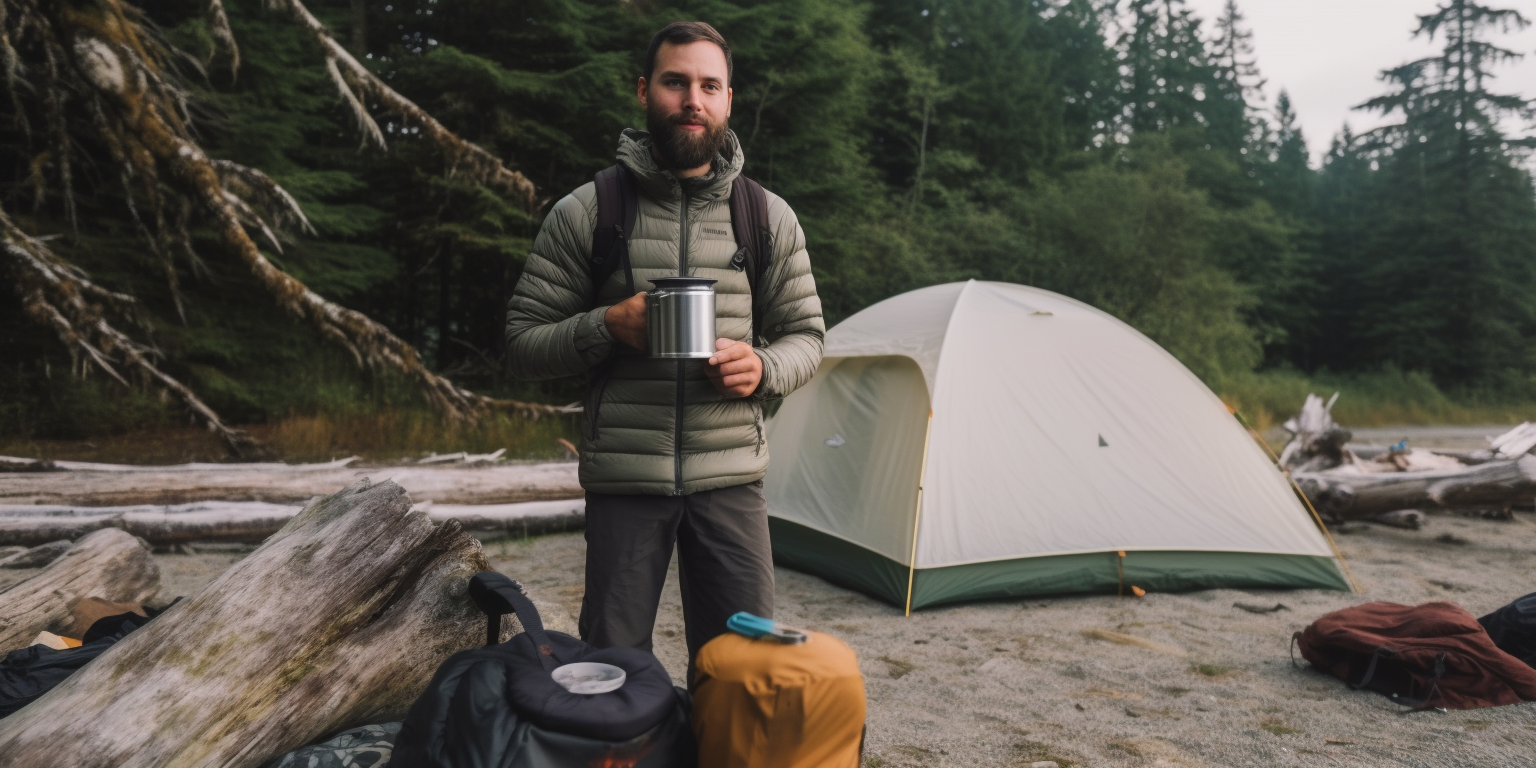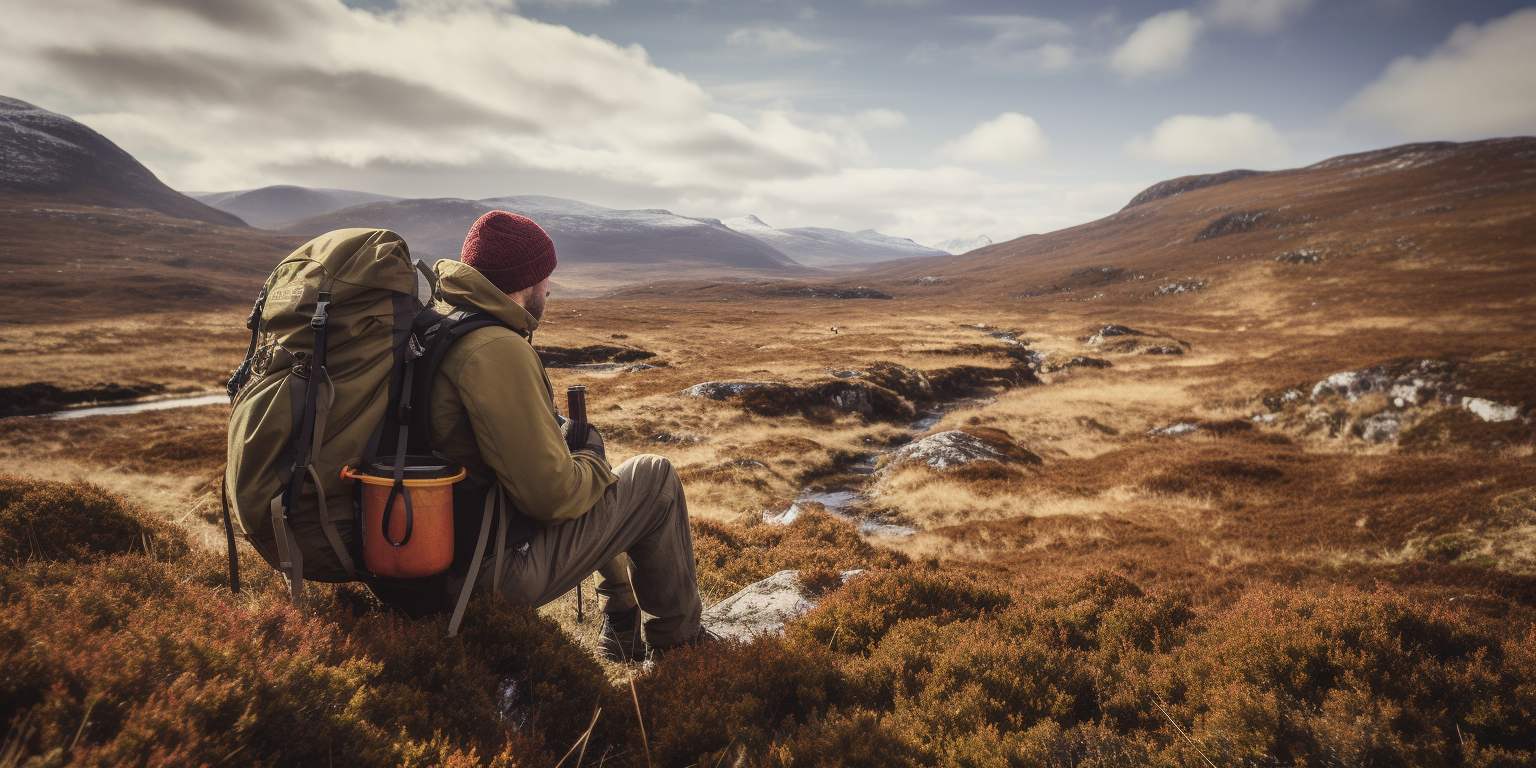
How to Cook Without Electricity: Tips for Survival
How to Cook Without Electricity: Tips for Survival
Introduction
In our modern world, we rely heavily on electricity for almost every aspect of our lives, including cooking. But what happens if there's a power outage, natural disaster or other emergency situation that disrupts our access to electricity? In these situations, it's important to know how to cook without electricity. Power outages can occur due to various reasons, such as severe weather, equipment failures, and human errors. In the UK we experience an average of 10 power outages per year, with some lasting for hours or even days.
In this article, we'll provide you with tips and techniques for cooking food without relying on electric appliances.
Preparing Your Cooking Space
Before you start cooking, it's important to set up a safe and efficient cooking area. Make sure you have a sturdy table or surface to cook on, and set up your cooking equipment, such as stoves or grills, in a well-ventilated area away from any flammable materials. Ensure you have plenty of fuel, whether that's gas canisters or firewood, and keep a fire extinguisher nearby in case of emergency.
For further guidance on preparing to build a campfire, we suggest you read Starting a Campfire.
Cooking with Gas
If you have a gas stove or grill, this can be a reliable way to cook without electricity. Make sure your gas canisters are full and keep a spare on hand. You should also have a lighter or matches to light the gas flame. If you're using a gas grill, you can cook meat, vegetables, and even bake bread by using the indirect heat method. Make sure to keep a watchful eye on your food as it cooks, and turn the gas off as soon as you're done cooking.
Building a Fire
Building a fire can be a bit tricky if you've never done it before, but it's an essential survival skill that you should learn. To build a fire, you'll need dry kindling and firewood. Make a teepee-shaped structure with the kindling, and light it with a match or lighter. Once the kindling is burning, add the firewood to the fire. You can cook directly over the flames or use a grate to cook over the hot coals.
Cooking Over an Open Flame
Cooking over an open flame, such as a campfire or outdoor fire pit, is a popular way to cook without electricity. You can cook hot dogs, burgers, and even roast marshmallows over the flames. If you want to cook something a bit more substantial, you can use a cast iron skillet or pot to cook stews, soups or chili. Make sure to keep the flames low and adjust the heat as needed to avoid burning your food.
Dutch Oven Cooking
A cast iron Dutch oven is a versatile tool for cooking food over an open flame. You can use it to make stews, soups, casseroles, and even bake bread. To cook with a Dutch oven, place it over the hot coals of your fire and add your ingredients. Make sure to keep the lid on to trap the heat inside and cook the food evenly.
Solar Cooking
If you have access to sunlight, you can use the power of the sun to cook food. Solar ovens are designed to use the sun's energy to heat and cook food. Solar cooking is becoming increasingly popular as a sustainable and environmentally friendly way to cook food. In a study conducted by Solar Cookers International, it was found that solar cooking can reduce greenhouse gas emissions by up to 3.3 tons per year per household.
You can cook a variety of foods in a solar oven, including vegetables, meats, and even desserts. Make sure to set up your solar oven in a sunny spot and adjust it to face the sun as it moves throughout the day.
Alternative Cooking Methods
In addition to the methods already mentioned, there are other ways to cook without electricity. A wood-burning stove, for example, can be used to cook meals, heat your home and even provide hot water. According to a report by The Guardian, UK sales of wood-burning stoves have increased by over 200% in the past decade. With recent increases in energy prices, the situation has exacerbated further.
A rocket stove is a small, portable stove that can be used to cook food with small sticks and twigs. You can also use a clay or ceramic cooker, such as a Tagine, which is a Moroccan-style pot used for slow-cooking meat and vegetables.
Food Storage and Preservation
When cooking without electricity, it's important to ensure that your food is properly stored and preserved to prevent spoilage. Before an emergency, make sure to stock up on non-perishable foods, such as canned goods, rice, and pasta. You can also preserve fresh foods by canning, pickling, or dehydrating them. If you have access to ice or snow, you can use a cooler or root cellar to keep your perishable foods cool.
Conclusion
Cooking without electricity may seem daunting, but with a bit of preparation and practice, you can become proficient at it. Knowing how to cook without electricity can be a valuable skill in emergency situations or for those who live off the grid. By following the tips and techniques outlined in this article, you'll be better prepared to cook and provide for yourself and your family in any situation.
Suggested Articles
Embracing the Great Outdoors: How to Plan a Zero-Waste Camping Trip in the UK
As climate change and waste disposal continue to be pressing issues worldwide, many people are adopting sustainable ...
The Science of Staying Warm: Choosing the Right Clothing and Gear for Cold-Weather Expeditions
Cold-weather expeditions can be exhilarating and rewarding, but they also require careful planning and the right clot...
The Ultimate UK Expedition Checklist: Essential Gear for Every British Adventure
The UK, with its diverse landscapes and ever-changing weather conditions, offers a wide array of outdoor adventures. ...




